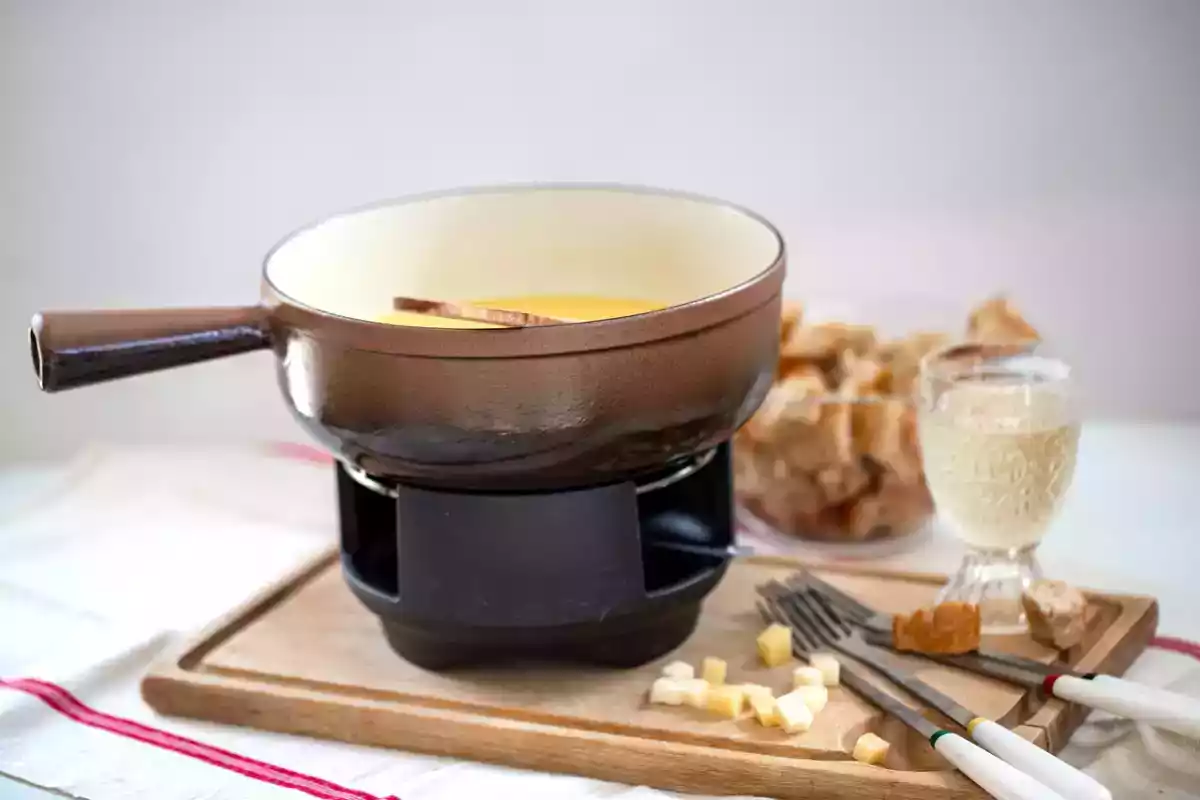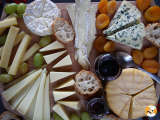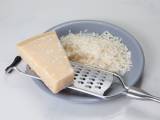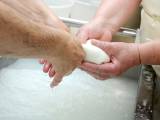The secret of real fondue: Discover traditional recipes from different regions!

Fondue, the emblem of Europe's mountains, is much more than just a recipe: it embodies the culinary identity of entire regions. If we had to sum up the question of what fondue really is, it would come down to a huge cultural dilemma between Switzerland, France, and even within the Swiss and French regions themselves... We explain it all!
An ancient origin
The oldest known recipe for fondue dates back to 1699, appearing in a cookbook by Anna Margaretha Gessner-Kitt, a Zurich woman with a passion for gastronomy. According to Anthelme Brillat-Savarin, a great 19th-century French gastronome, fondue was originally a Swiss recipe, mentioned in Physiologie du goût. Back then, this fondue was different from today's: it was made with scrambled eggs and cheese, and not served with pieces of bread for dipping.
Regional variants: Savoyarde, Fribourgeoise and Franc-Comtoise
Each region has adapted fondue to its local cheeses and specific tastes:
- Fondue Savoyarde (France): In Savoie, the recipe uses a combination of Beaufort, Abondance and sometimes Gruyère de Savoie. Some add Comté to enrich the texture.
- Fondue Fribourgeoise (Switzerland): Mostly made with Vacherin Fribourgeois cheese and water, it is distinguished by its creamy, smooth texture. It is often served warm, without wine, for a subtle taste.
- Fondue Franc-Comtoise (France): Proudly from the Franche-Comté region, this cheese is based on Comté cheese. For added creaminess, some add a little morbier cheese.
In Switzerland, the most popular recipe is "moit'-moit'" (50/50), made with 50% Swiss Gruyère and 50% Vacherin Fribourgeois. Note that the exact proportion often varies according to local or family preferences.
Essential ingredients and techniques
For a successful fondue, it's advisable to limit the mixture to two or three cheeses to avoid excess fat or salt. It's also important to choose a dry wine, such as a Jacquère or Roussette, which will marry the flavors of the cheese while adding lightness.
As for preparation, there are several methods. Most recipes recommend heating the wine first, but some experts prefer to start cold so as not to "surprise" the cheese and prevent the fat from separating from the mixture. Cheesemaker Pierre Gay recommends continuous stirring, using figure-of-eight movements, to obtain a perfectly smooth, homogenous texture.
Fondue: A convivial family ritual
Beyond its infinite varieties, fondue remains a convivial experience par excellence. In Swiss households, each family has its own recipe and little secrets, but the most important thing is to share a warm, gourmet moment.
Whether Savoyard, Swiss or Franc-Comtoise, fondue still holds a precious place in people's hearts and culinary traditions, and above all in the winter pleasures to be shared!
You may be interested in:
 Adèle Peyches
Adèle Peyches


Comments